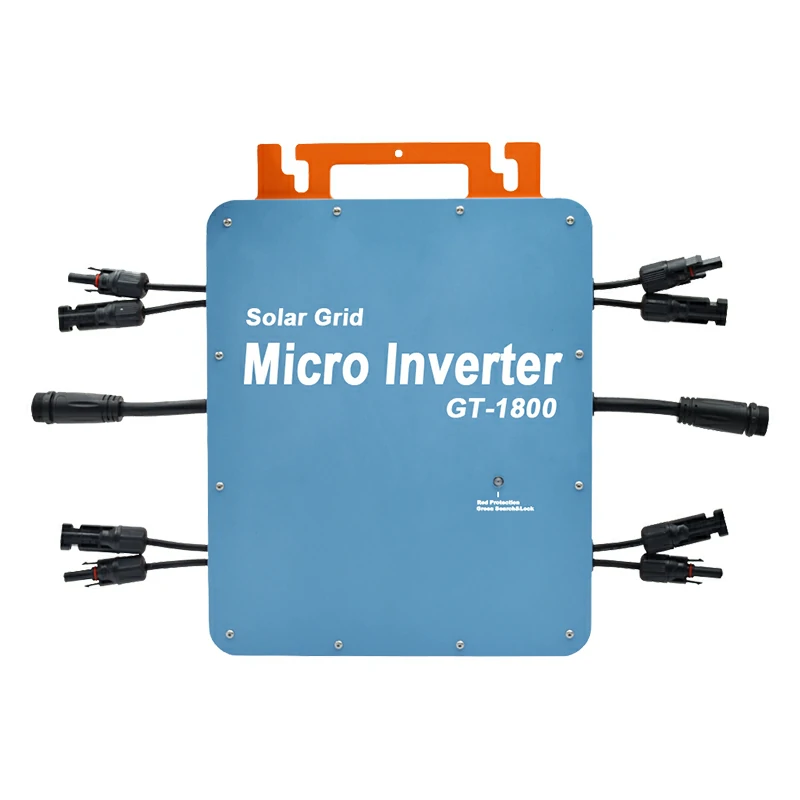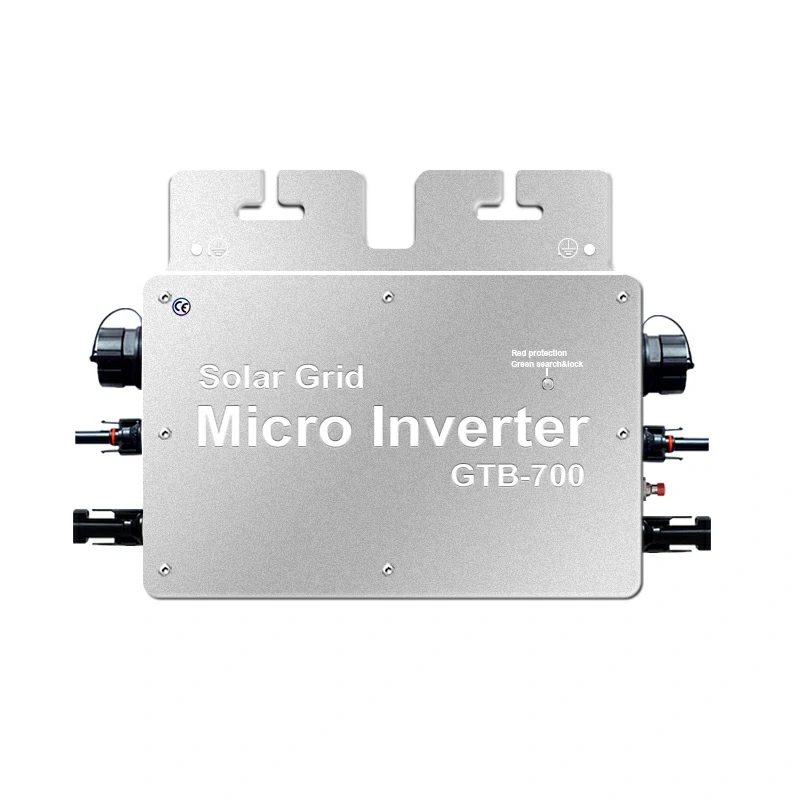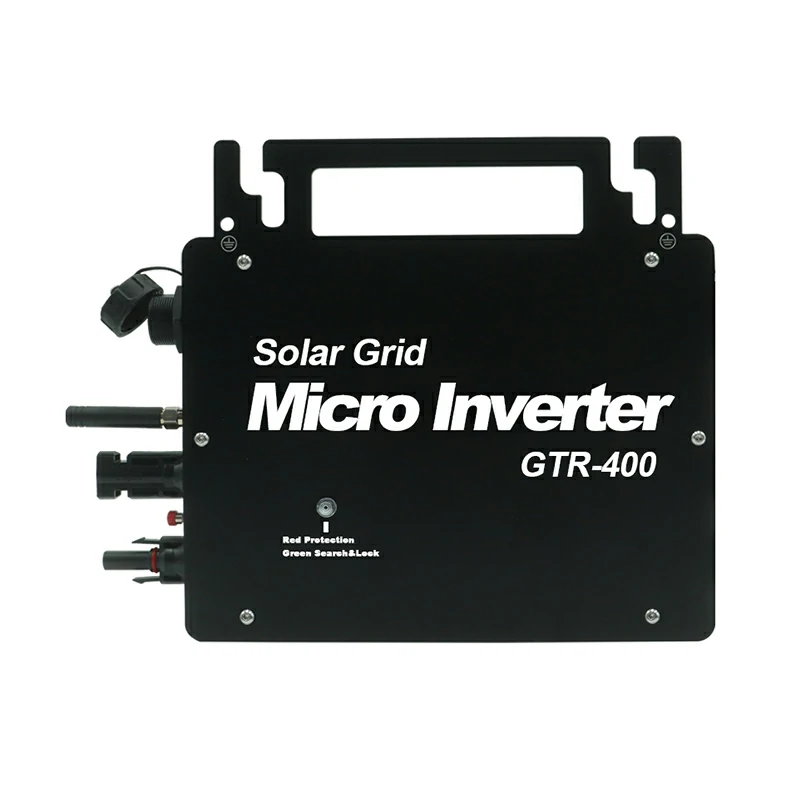Introduction
Commercial solar inverters are essential components in solar energy systems, transforming the direct current (DC) generated by solar panels into alternating current (AC) suitable for use in homes and businesses. However, overheating is a significant concern that can compromise the performance and lifespan of these inverters. This article aims to provide actionable strategies for mitigating overheating issues, ensuring that potential buyers of commercial solar inverters can make informed decisions.

1. Understanding Overheating in Solar Inverters
Overheating occurs when the internal temperature of a solar inverter exceeds its operational limits, leading to reduced efficiency and potential damage. Several factors contribute to this issue:
- High Ambient Temperatures: In regions with extreme heat, such as deserts, temperatures can soar, increasing the risk of overheating.
- Direct Sunlight Exposure: Inverters installed in sunny locations without adequate shading can experience elevated internal temperatures.
- Dust and Debris Accumulation: Environments with high dust levels can obstruct airflow, hindering heat dissipation.
- Inadequate Ventilation: Poorly ventilated installation areas can trap heat around the inverter.
- Overloading: Connecting too many solar panels to an inverter beyond its capacity can lead to excessive heat generation.
Understanding these causes is crucial for implementing effective mitigation strategies.
2. Importance of Proper Installation
Optimal Placement
Installing commercial solar inverters in well-ventilated areas is vital. Ideally, they should be placed where they are shielded from direct sunlight. For example, installing a grid-connected inverter indoors or under a shaded structure can significantly reduce the risk of overheating.
Clearance Requirements
Ensure that there is adequate clearance around the inverter—at least 12 inches—to facilitate airflow. This spacing helps maintain optimal operating temperatures and prevents heat buildup.
3. Enhancing Ventilation and Airflow
Natural Ventilation
Designing installation spaces with natural ventilation in mind is essential. This can include using vents and ducts to promote air circulation, allowing hot air to escape and cooler air to enter.
Active Cooling Solutions
For areas prone to high temperatures, consider installing cooling fans or heat sinks. These systems actively move air around the inverter, helping to dissipate heat more effectively. Many solar inverter manufacturers now offer models equipped with advanced cooling technologies that enhance performance under high load conditions.
4. Regular Maintenance Practices
Cleaning and Inspection
Regular maintenance is critical for preventing overheating. This includes cleaning dust from the inverter’s exterior and ensuring that cooling vents are free from obstructions. Schedule inspections every few months to check for loose connections or signs of wear.
Predictive Maintenance
Utilizing monitoring systems can help detect early signs of overheating. By implementing a predictive maintenance schedule based on performance analytics, users can address potential issues before they escalate into significant problems.
5. Utilizing Advanced Technologies
Smart Inverter Features
Modern commercial solar inverters often come equipped with features like Maximum Power Point Tracking (MPPT). This technology optimizes energy output by adjusting the inverter’s operation based on varying sunlight conditions, which also helps manage heat more effectively.
Thermal Interface Materials (TIMs)
Some advanced models utilize thermal interface materials that enhance heat transfer between components, further reducing the risk of overheating. For instance, SunPower micro inverters are designed with efficient thermal management systems that help maintain optimal temperatures during operation.
6. Addressing Environmental Factors
Site Assessment
Before installation, conduct a thorough site assessment to identify potential heat sources and environmental challenges that could affect inverter performance.
Weather Considerations
Consider local climate conditions when selecting commercial solar inverters. In regions with extreme weather fluctuations, choosing models designed for such environments can mitigate overheating risks.
Conclusion
Mitigating overheating issues in commercial solar inverters requires a multifaceted approach that includes proper installation, regular maintenance, and leveraging advanced technologies. By implementing these strategies, users can enhance the efficiency and longevity of their investments in solar energy systems. As you explore options for purchasing commercial solar inverters, consider these factors to ensure optimal performance and reliability over time.
If you have any further questions or need assistance selecting the right inverter for your needs, don’t hesitate to reach out to professionals who specialize in solar energy solutions.




